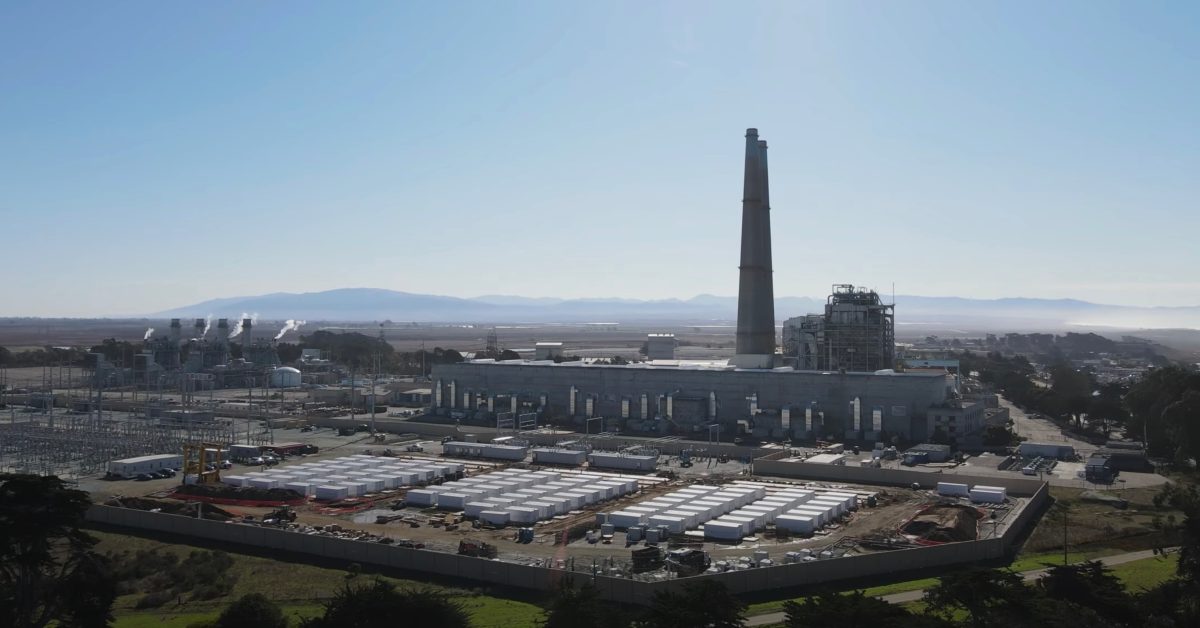The massive new Tesla Megapack project at the Moss Landing substation in California is starting to take shape as we can see in a new flyover of the construction site.
It could soon become the world’s biggest battery.
We first learned of the project at PG&E’s Moss Landing substation when they submitted it to CPUC and the company was in talks with Tesla in 2017.
It involves four separate energy storage projects and two of them should become the world’s largest battery systems.
Dynegy is going to deploy a 300MW / 1,200MWh project on PG&E’s grid while the Tesla project will be 182.5MW / 730MWh, which could eventually go up to 1.1GWh.
In 2018, we obtained Tesla’s proposal for the project and it shows that the company plans to use ‘Megapack’ instead of its usual Powerpack for large utility-scale projects.
In February, the project was officially approved and they started construction on the first phase of the project in July.
We reported back in October when the first Megapacks, Tesla’s new big battery system for large energy storage projects, started to be installed at the location.
Now two months later, they have made some significant progress as a new drone video of the site shows that over 100 Tesla Megapacks have already been deployed:
When completed, the project is expected to consists of 256 Tesla Megapack battery units.
PG&E’s Moss Landing project is not expected to be completed until the second half of next year.
There are several other projects of similar size currently being deployed that could compete for the world’s largest battery system. It is all going to depend on the timing of bringing them online.
The new energy storage capacity at Moss Langing is going to be used to replace peaker plants and it is expected to save the electric utility over $100 million:
“PG&E forecasts the Moss Landing BESS will save more than $100 million over the 20-year life of the project, when compared to the forecasted local capacity requirements and associated procurement costs that would have been necessary in absence of the BESS.”
As for Tesla, the new capacity deployed at Moss Landing alone would be roughly equal to its record stationary storage deployment in a whole quarter, which was achieved in Q3 2020.
FTC: We use income earning auto affiliate links. More.
Subscribe to Electrek on YouTube for exclusive videos and subscribe to the podcast.
